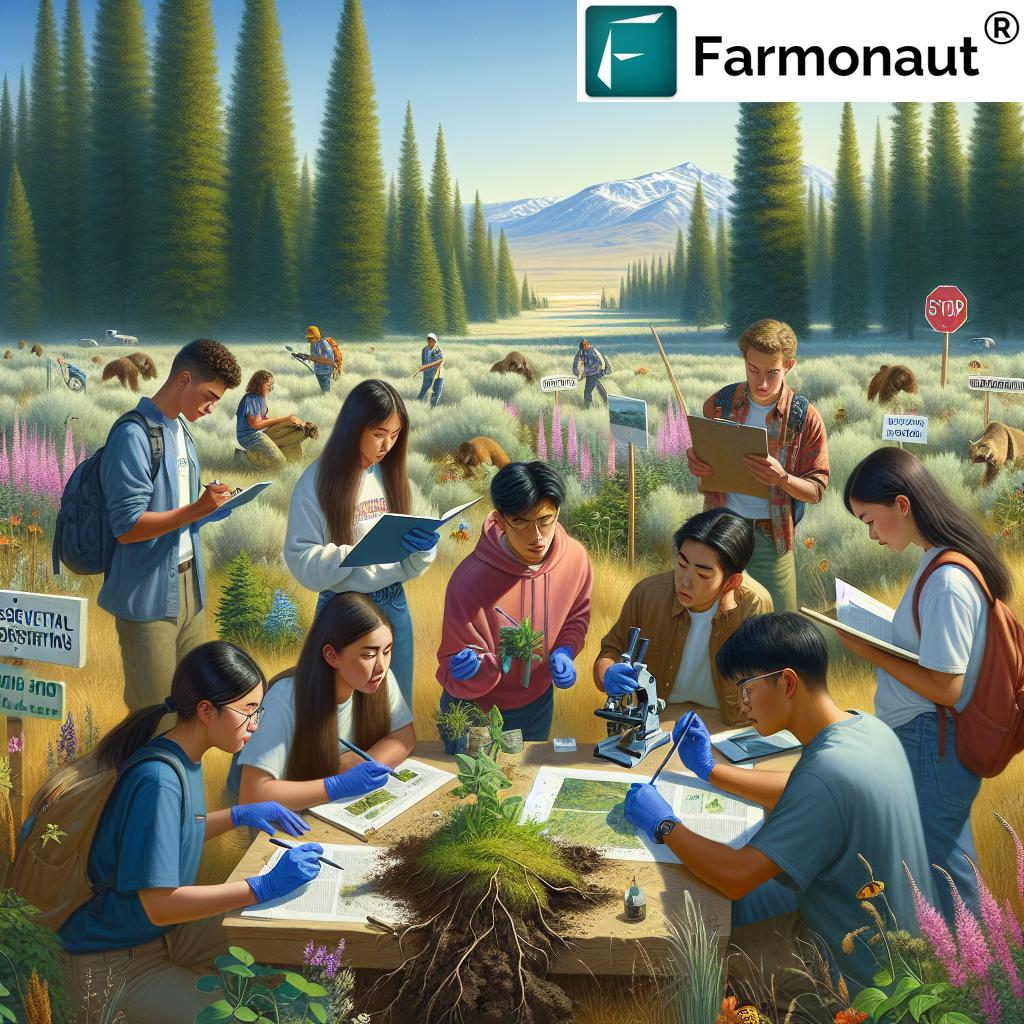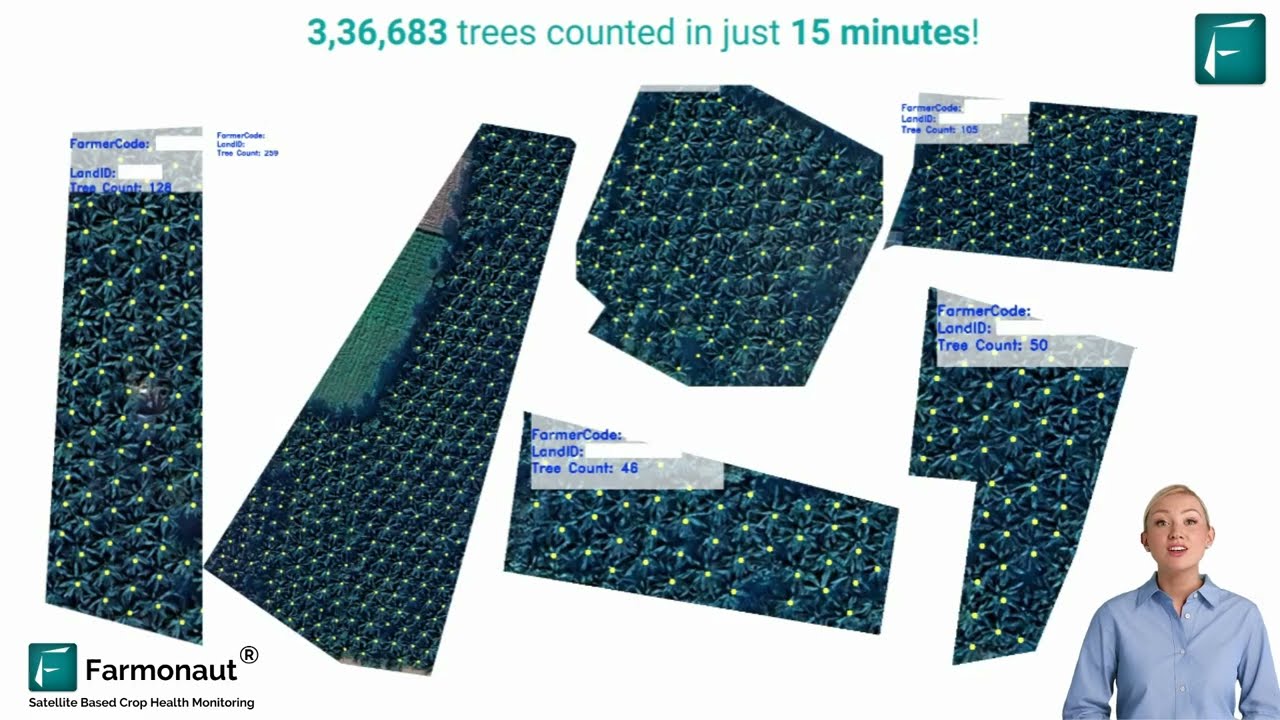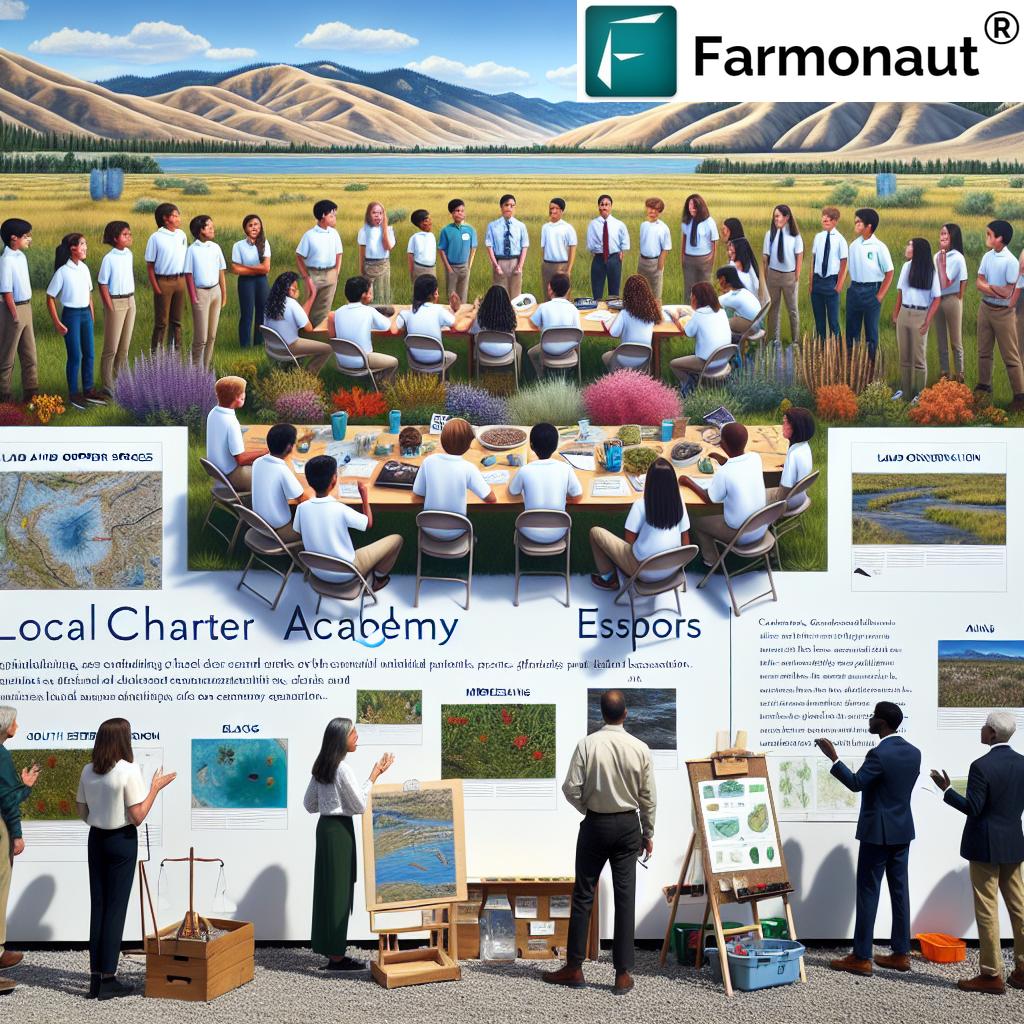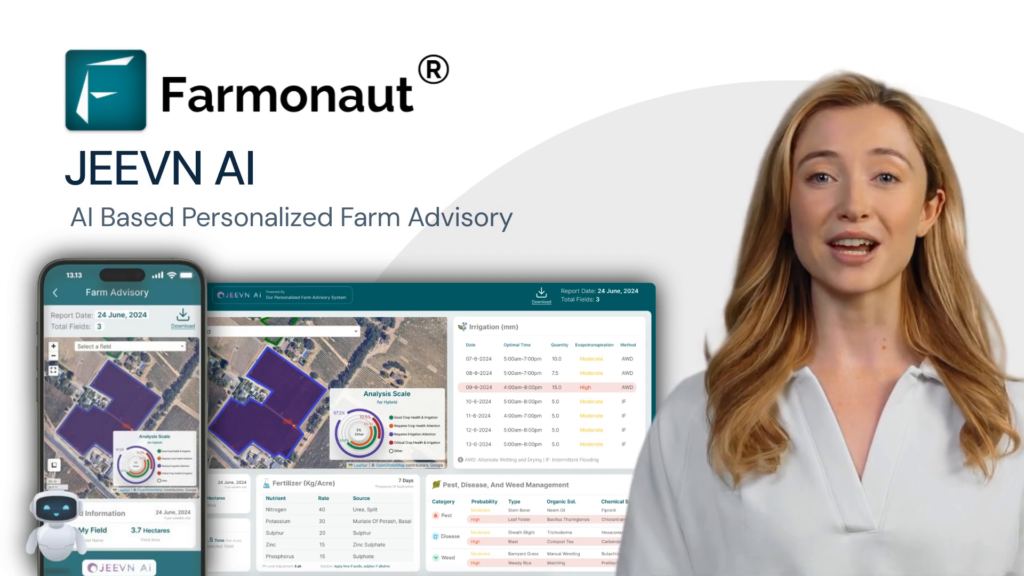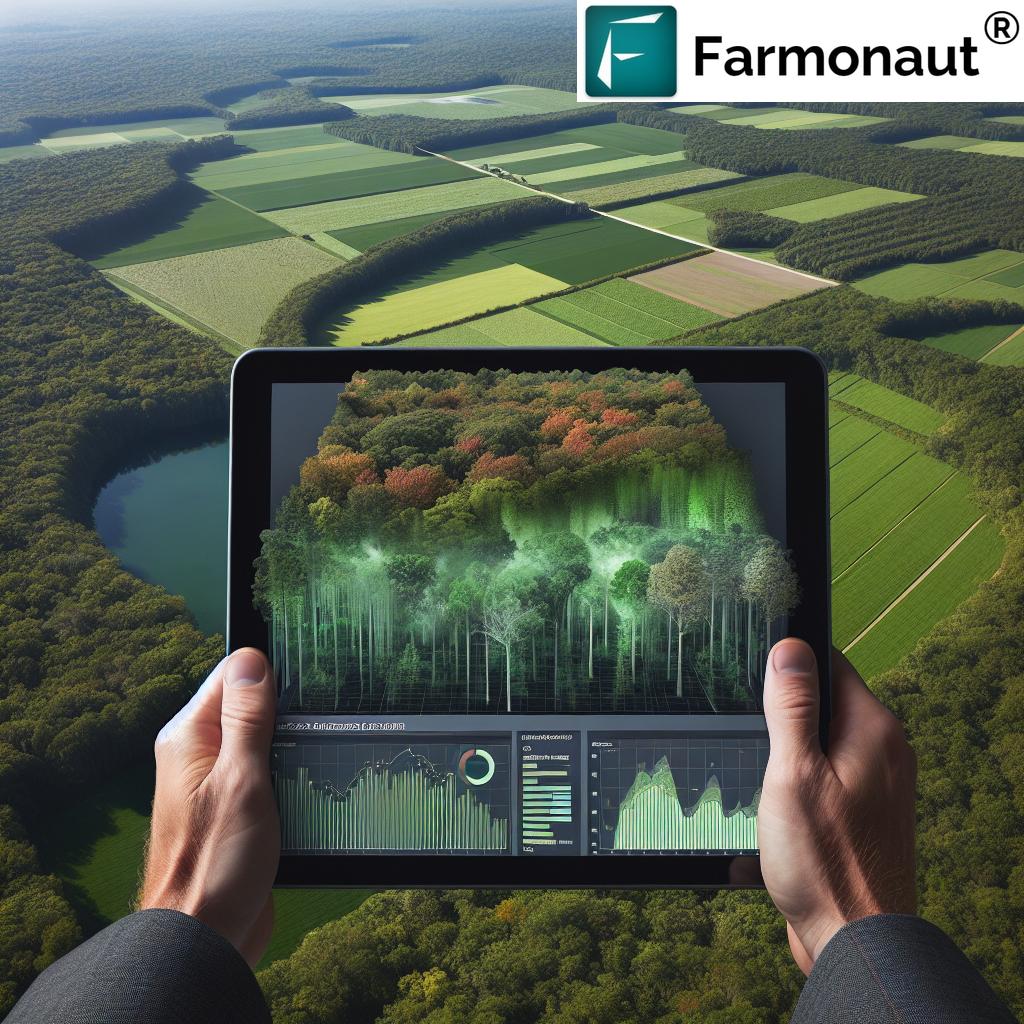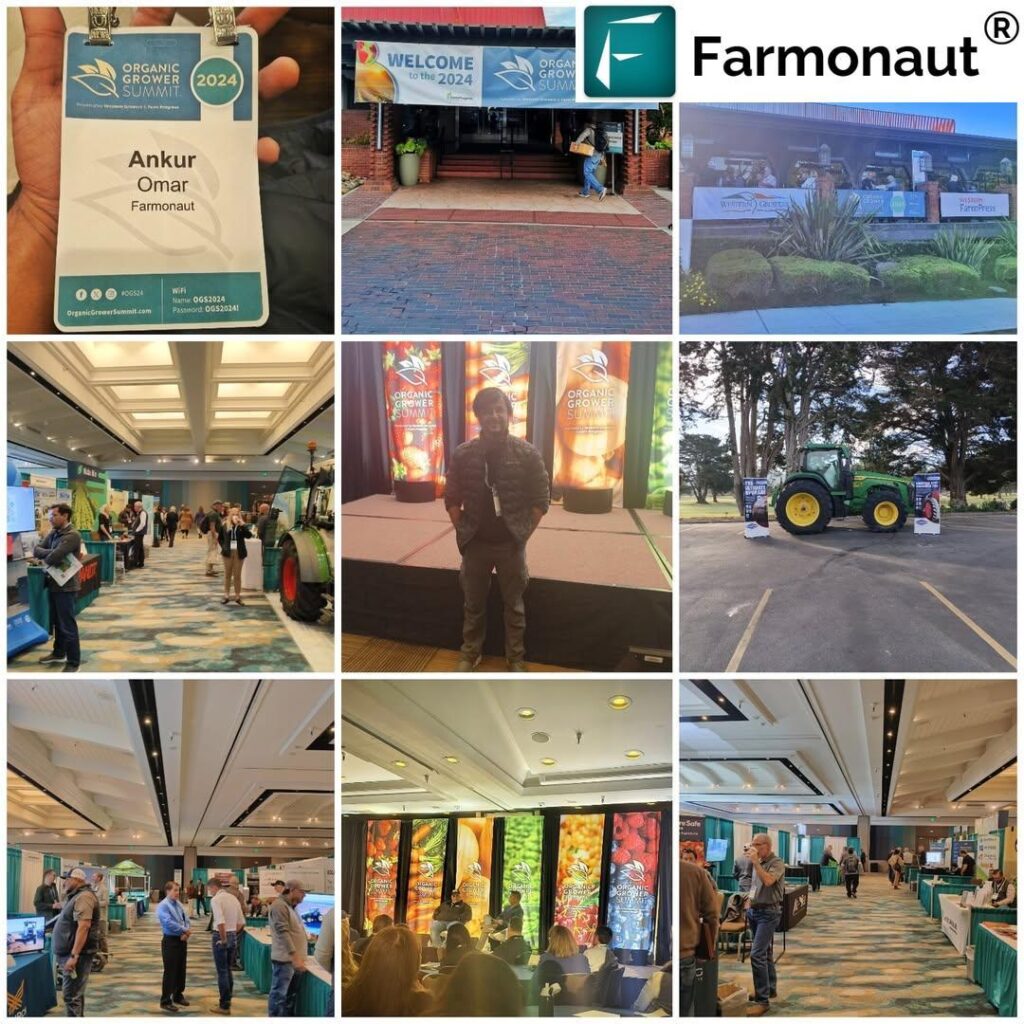Envirothon Idaho: 5 Inspiring Ways Students Tackle Conservation
As our region continues to grow, the balance between economic expansion and the conservation of natural resources becomes ever more critical. In North Idaho, young minds from schools like STEM Charter Academy are leading the charge. Their participation in the Envirothon competition not only showcases the importance of environmental science but also empowers a new generation to protect our forests, open spaces, lands, and waters.
In this comprehensive guide, we’ll journey through the essential work being undertaken by Idaho students, focusing on five areas where their passion, teamwork, and skills have the greatest impact. You’ll discover expert-backed tips, hands-on activities, and the real value of critical thinking and communication in natural resources education.
“Over 1,200 Idaho students join Envirothon annually, mastering forestry, land, and water conservation challenges.”
What is Envirothon? A Competition Rooted in Conservation
The Envirothon competition stands as one of the premier student environmental competitions across North America, boasting deep roots in Idaho. Each year, school teams from across the state gather to address real-world environmental issues in their local and regional contexts. This journey to the international stage often begins with local district events, then the state contest, and finally, a global finals event featuring teams from the U.S., Canada, China, and Singapore.
- Hands-on learning — Students meet with subject matter experts in forestry, soil science, water resources, and wildlife
- Critical thinking — Teams analyze current environmental issues affecting cities, forests, rivers, and more
- Collaboration — By working together, students develop essential communication and teamwork skills
- Conservation impact — The event inspires actionable solutions, from forestry conservation practices to preserving open spaces
The real magic of Envirothon lies in how it weaves environmental science activities with life skills, offering Idaho’s youth a pathway to comprehensive understanding and leadership in local ecology education.
5 Inspiring Ways Students Tackle Conservation in Idaho
We’ve witnessed North Idaho’s academically outstanding teams—like the recent three-time state champion, STEM Charter Academy—rise to the occasion. Let’s explore the five key initiatives shaping the future of our region’s natural resources, and how the Envirothon competition brings them to life for students:
1. Forestry Conservation Practices & Management
Forestry is central to Idaho’s identity and economy, but also at the heart of critical environmental issues for students competing at Envirothon. Teams address topics like forest health, wildfire prevention, and balancing logging with habitat preservation. As Keira Barnhart—a fourth-generation forestry student from North Idaho—notes, it’s about demonstrating how sustainable forest management supports both the economy and the ecosystem.
- Understanding forest expansion and city-forest boundaries
- Identifying fire risks and mitigation through controlled burns and responsible logging
- Exploring how easements can preserve open spaces while supporting growth
- Promoting public education on diverse forestry careers and practices
Students like Barnhart have firsthand understanding of why “logging helps us sustain forests—not just extract from them—by preventing overgrowth and wildfires.”
Ready to learn more about responsible forest plantation and advisory?
Discover precision forestry advisory tools that leverage satellite imagery for healthier, more resilient forests.
2. Land and Water Conservation for Idaho’s Future
Our area’s rivers, wetlands, and water systems are highly susceptible to regional development pressures. During recent competitions, Envirothon teams tackled problems like river erosion mitigation, wetland preservation, and balancing urban expansion with aquatic ecology.
- Analyzing riverbank stability and natural buffer zones
- Exploring the financially feasible use of conservation easements to keep land preserved
- Measuring water quality and proposing solutions for runoff and pollution
- Engaging with the Kootenai-Shoshone Soil and Water Conservation District to learn from local experts
According to student Ellie Freeman, “easements protect our local landscapes in a realistic way for landowners under pressure to sell or develop.” Through these efforts, students contribute to protecting native plants and wildlife and ensure that land and water conservation remains prioritized even as cities grow.
For advanced water monitoring, real-time crop health analytics, and soil moisture insights:
Explore Farmonaut’s Large-Scale Farm Management system—ideal for managing conservation projects and farm sustainability in Idaho.
3. Protecting Native Plants and Wildlife
Idaho’s biodiversity is a vital asset. By preserving open spaces and supporting native habitats, Envirothon students help protect species from development and environmental threats. Wildlife studies in the competition include:
- Identifying endangered species in forests and riparian corridors
- Designing habitats for pollinators and small mammals
- Implementing conservation recommendations, such as invasive species removal and native planting
- Monitoring ecosystems for changes associated with city and agriculture expansion
In many ways, these hands-on activities are essential to educate our communities on the importance of preserving native plants and wildlife. Not only does this enhance biodiversity and resilience, but it also strengthens Idaho’s connection to the outdoors.
Curious about how traceability and monitoring benefit conservation initiatives?
Check out Farmonaut’s blockchain-based traceability: Ensure every conservation-driven agricultural product is verifiable from farm to market, enhancing trust and accountability.
4. Soil Preservation & Environmental Science Activities
Healthy soil underpins Idaho’s land use and agricultural productivity. Envirothon’s soil science module challenges students to assess factors like erosion, fertility, and sustainability—empowering them to propose practical solutions:
- Mapping soil erosion problems and restoration opportunities
- Using soil conservation techniques learned from subject matter experts
- Testing soil samples for nutrition, moisture, and carbon content
- Evaluating the effectiveness of vegetative buffers and cover crops
Understanding and promoting soil health is critical for sustainable growth, agriculture, and conservation area resilience, all key components of the Envirothon competition.
Interested in tracking your soil’s health and unlocking sustainable agriculture insights?
Try our carbon footprinting tools—monitor emissions, ensure compliance, and contribute to a more sustainable farming environment.
5. Environmental Education Outreach & Local Ecology
Equipping the next generation often starts with sharing, not just learning. Envirothon students become ambassadors for environmental science, fostering community understanding and participation:
- Engaging in local school presentations and community cleanups
- Distributing educational resources to peers on issues like climate change and habitat loss
- Organizing outreach events to raise awareness on land and water conservation
- Collaborating with subject matter experts and district leaders to enhance public understanding
By focusing on communication skills, public engagement, and fostering a sense of stewardship, Envirothon participants increase regional participation in conservation and strengthen our collective connection to the outdoors.
Farmonaut also enables access to new resources & digital tools for student-led advocacy projects:
Learn about Farmonaut’s fleet and resource management—track conservation fieldwork, optimize logistics, and reduce operational costs for student and teacher teams.
Impact Comparison Table: How Idaho Students Drive Conservation
Beyond the Competition: Life Skills, Teamwork & Regional Impact
Idaho’s Envirothon teams don’t just memorize facts—they live them. By working with subject matter experts from the district, local organizations, and industry, students develop a comprehensive understanding of the environmental issues facing our communities.
Over the years, this has fostered an ethos of stewardship that extends beyond school. Our students:
- Lead after-school environmental science activities and citizen science
- Take on internships in forestry, soil research, and water management
- Mentor younger students, encouraging wider participation in conservation
- Bring the latest conservation practices back to their own family lands and farms
As Barnhart shares, “It’s not just about competing; it’s about equipping our peers—across Idaho—to protect what’s theirs and ours.” The skills developed in the Envirothon competition echo through college applications, scholarships, and career choices in science, policy, and natural resource management.
“Envirothon teams in Idaho have helped preserve more than 500 acres of local habitats since 2015.”
Integrating Technology: Precision, Innovation & Farmonaut’s Vision for Conservation
As Idaho’s students deepen their commitment to land and water conservation, leveraging advanced technology becomes essential. Companies like Farmonaut are making a difference by providing satellite-based insights and digital management tools to democratize natural resources education and empower sustainable practices.
What sets Farmonaut apart?
- Satellite crop health monitoring: Real-time alerts on vegetation health and soil moisture for smarter resource allocation.
- AI-powered advisory: Personalized farm management insights for greater productivity and field health.
- Blockchain-based traceability: Verifiable crop origin—from field to shelf—for accountability and transparency.
- Resource & fleet management: Track, plan, and optimize equipment or conservation field trips, making student teamwork more efficient and less resource-intensive.
- Carbon footprinting: Monitor and mitigate emissions, aligning local conservation with global sustainability standards.
By integrating these solutions, Idaho’s next generation of conservation leaders can amplify their impact. From educators developing curriculum on precision agriculture to students tracking field data in real time, digital tools ensure that learning is actionable and measurable.
-
Interested in automating conservation monitoring?
Utilize Farmonaut’s fast, easy-to-integrate API for real-time satellite and weather data. -
Are you a developer or educator?
Access detailed instructions in the Farmonaut API Developer Docs.
How to Get Involved: Growing Participation Across Idaho & Beyond
Participation in Envirothon is growing—thanks in part to educators like Michelle Carlson who work tirelessly to expand the program’s reach. Whether you’re a student, parent, teacher, or local official, here’s how you can help strengthen Idaho’s legacy of conservation leadership:
- Start an Envirothon team at your local school or district—reach out to regional coordinators
- Encourage hands-on activities with local subject matter experts
- Participate in community conservation projects—protects open spaces and wildlife for everyone
- Explore technology and digital fieldwork—students gain invaluable real-world experience with tools like Farmonaut’s crop loan and insurance verification system, which helps streamline project funding and accountability
- Connect with national and international teams: Each year, Idaho champions meet peers from Canada, China, Singapore, and all over the United States—expanding perspectives and advocating for global change
With ongoing challenges like population growth, land development, and climate pressures, our region needs creative, well-equipped leaders. Envirothon not only provides knowledge, but also builds the confidence and network to effect real change—locally and globally.
FAQ: Envirothon, Conservation, Technology, and More
What is the Envirothon competition?
The Envirothon is an annual, team-based competition for high school students focused on environmental science, conservation, and natural resource management. Teams solve practical problems in forestry, land and water management, and wildlife conservation, developing real-world skills.
How do students benefit from Envirothon in Idaho?
Students develop critical thinking, communication, and leadership skills while gaining a deep understanding of local and global environmental issues. They have opportunities to meet experts, earn recognition, and prepare for academic and professional careers in conservation.
How does Envirothon promote sustainability and preserving open spaces?
By tackling real environmental issues—like forestry conservation, land and water preservation, and urban expansion—students advocate for easements, sustainable management, and public outreach, directly contributing to the protection of Idaho’s open spaces and ecosystems.
What role does technology, such as Farmonaut, play in conservation education?
Technologies like Farmonaut’s satellite crop monitoring, blockchain traceability, and AI-based advisory bring data-driven insights to conservation, helping students and educators make informed decisions. These tools help quantify environmental impact, plan fieldwork, and ensure transparency.
How can I join or support Envirothon in my area?
Contact your local school, conservation district, or state Envirothon coordinator to get involved. Consider supporting student initiatives, attending outreach events, and spreading the word to boost participation and environmental education in your community.
Which Farmonaut products are relevant for conservation projects?
- Carbon Footprinting: Track and reduce emissions for sustainability reporting.
- Product Traceability: Ensure transparent, fraud-resistant conservation supply chains.
- Fleet Management: Efficiently monitor and coordinate conservation fieldwork and logistics.
- Crop Plantation & Forest Advisory: Leverage satellite insights for forest health and restoration planning.
How does participation in Envirothon prepare students for the future?
Besides ecological knowledge, students develop teamwork, leadership, sustainability mindset, and practical skills important for careers in environmental science, agriculture, forestry, and policy. Alumni often go on to conservation-oriented careers or further studies.
Conclusion: Idaho’s Students, Tomorrow’s Conservation Leaders
Each year, Idaho’s Envirothon teams embody the future of conservation: curious, action-oriented, and always ready to adapt. Their efforts—in partnership with experts, schools, and innovative digital platforms—demonstrate just how much power today’s youth have to shape their communities and the planet. By developing skills in forestry management, land and water preservation, and critical environmental science practices, Idaho’s students show us that hope for our natural world is not only possible but already in motion.
As we strive to preserve open spaces, protect native species, and ensure sustainable growth, let us take inspiration from our youth. Get involved, support student environmental competitions, and leverage cutting-edge tools for local ecology education—the legacy we create today will empower our communities and ecosystems for generations to come.


